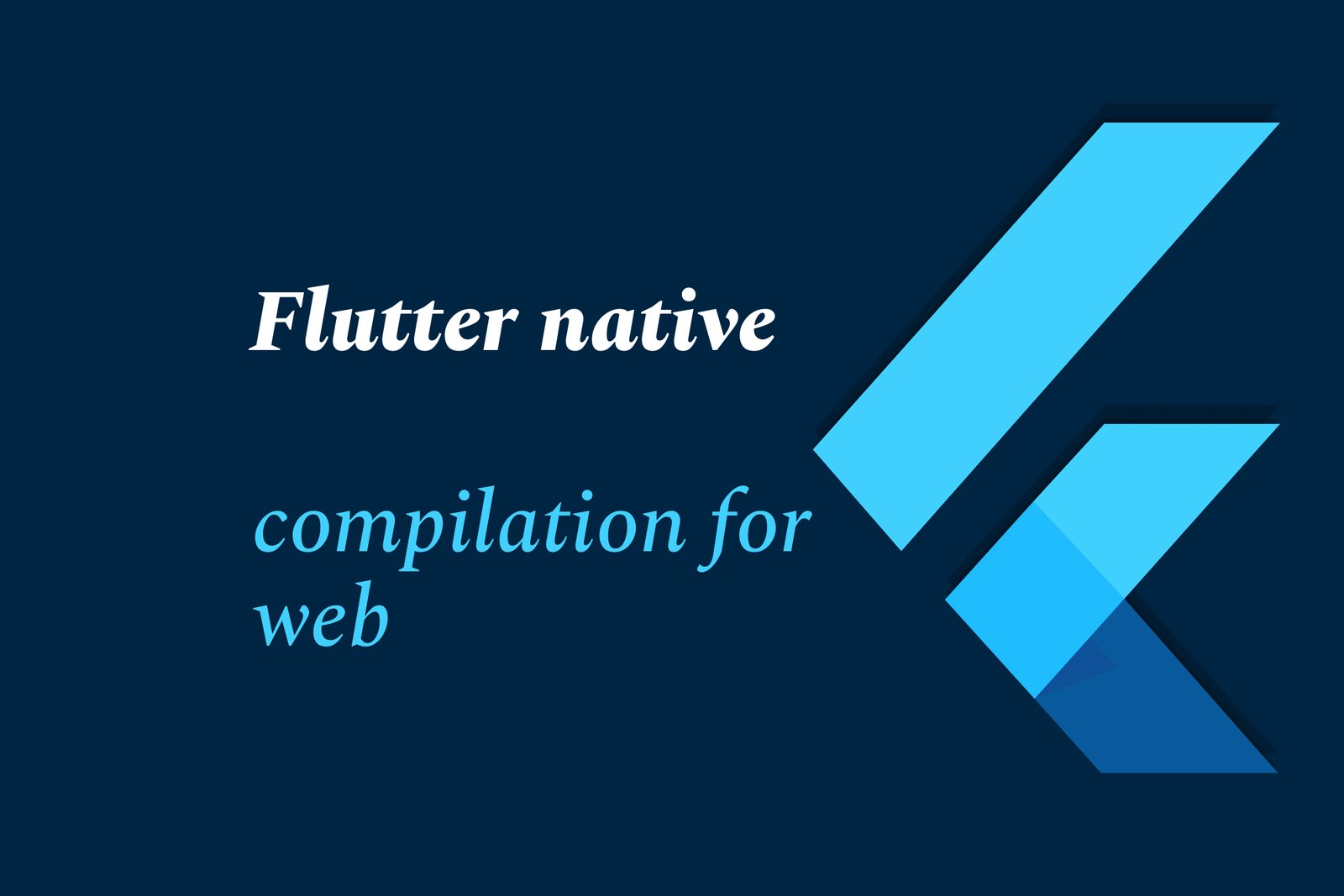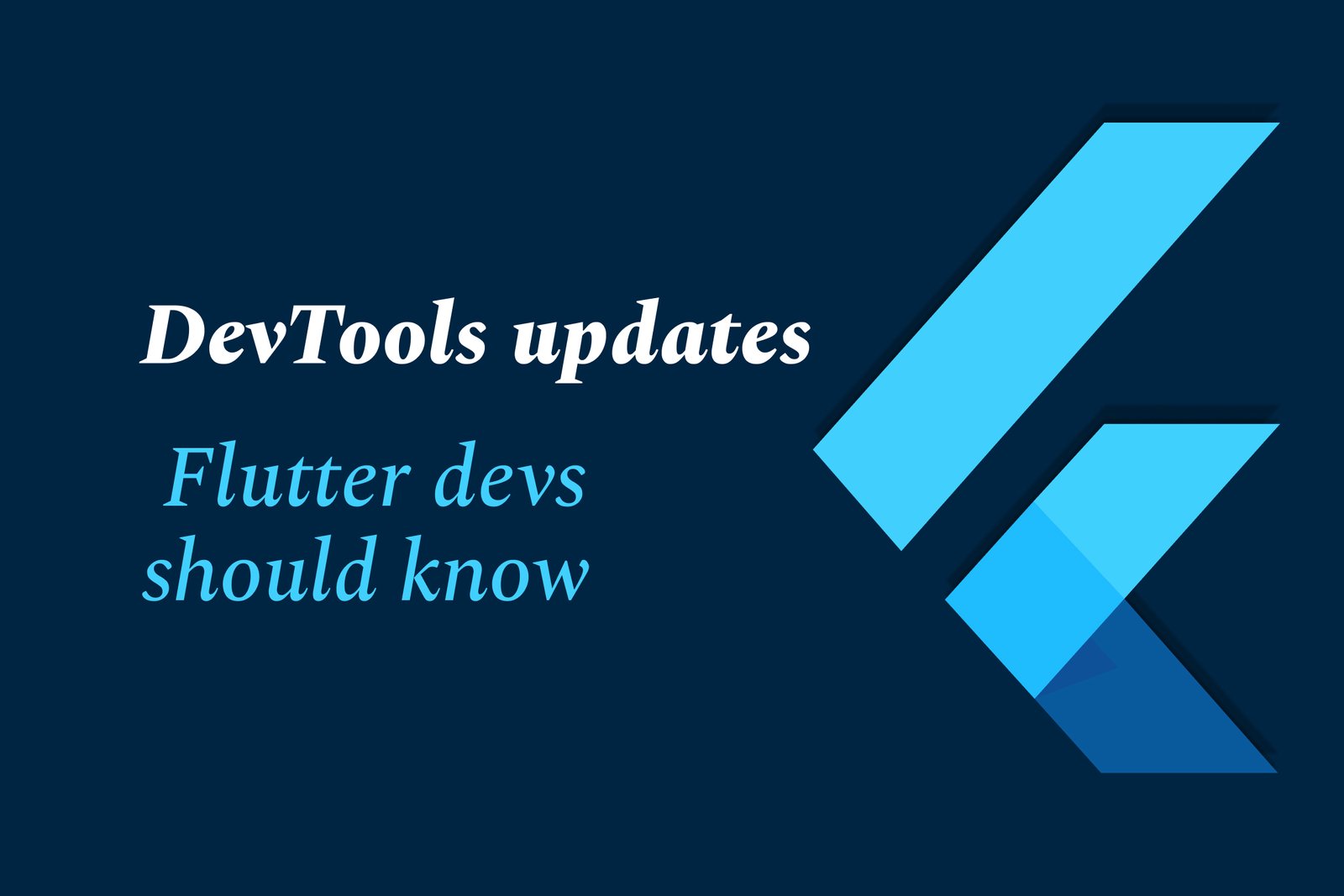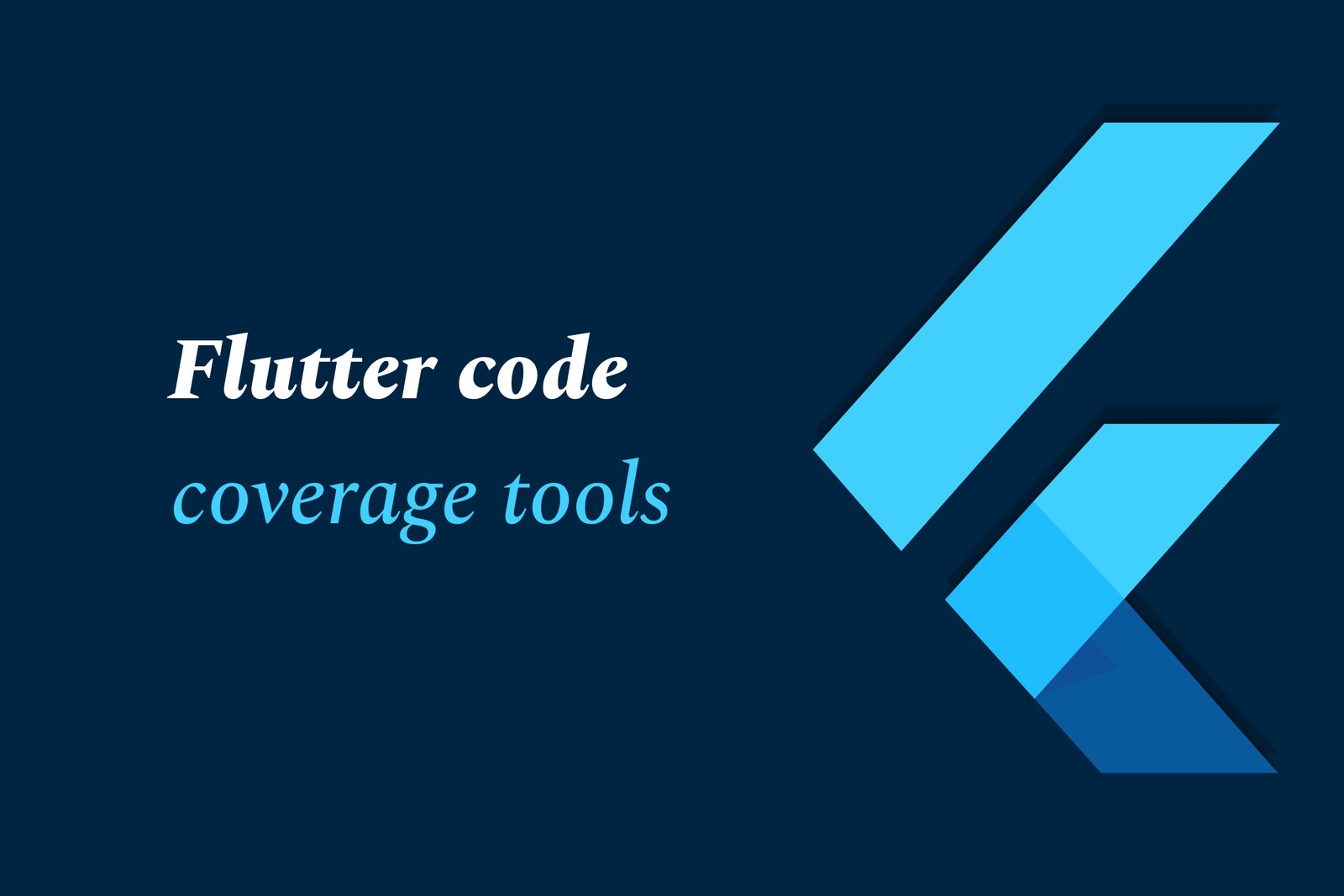Flutter Roadmap Beyond 2025
The Flutter roadmap beyond 2025 focuses on enhanced cross-platform performance, advanced desktop and web support, smarter developer tools, AI integration, and modern programming features—empowering developers to build faster, scalable, and more accessible apps seamlessly across all devices.
Flutter roadmap beyond 2025
1 ) Cross Platform Performance Enhancements
Flutter 4.0 focuses on improved native integrations for seamless platform communication using Kotlin, Swift, etc.
Optimizations to the Skia rendering engine for faster frame rates and smoother animations across devices.
Modular architecture aiming for smaller app sizes on mobile, web, and desktop platforms.
2 ) Advanced Desktop Support
Deeper platform specific API integrations on macOS (better accessibility), Linux (Wayland support), and Windows (WinUI and Fluent design).
Inclusion of native UI components like menus, system trays, context menus, and draggable windows.
Improved keyboard and pointer input systems for responsive, enterprise level desktop applications.
3 ) Web Performance Improvements
Faster initial load times, critical for Progressive Web Apps (PWAs).
Enhanced rendering pipeline via CanvasKit and DOM modes to deliver smoother graphics heavy experiences.
New responsive layout tools such as MediaQuery and LayoutBuilder for adaptive, native like UIs across devices.
4 ) Developer Tooling Upgrades
Smarter debugging tools targeting performance bottlenecks like memory leaks and inefficient widget rebuilds.
Further refinements to Hot Reload and Hot Restart to enhance speed and reliability in development.
Integration of performance profiling with CI/CD and cloud monitoring for robust diagnostic workflows.
5 ) Enhanced Multi platform Capabilities
Native windowing and plugin stabilization for macOS, Windows, and Linux improving desktop app reliability.
HTML renderer upgrades for web with CSS interop and optimized input scaling on desktops.
GPU accelerated embeddable views enabling integration of Flutter rendered layers into native UIs with Vulkan support and zero copy textures.
6 ) Modernized Programming Model
Adoption of structured concurrency via Dart’s asyncScope to simplify task management and predictable error handling.
Introduction of the @memoize annotation for compile time caching of pure widget constructors, reducing UI rebuilds and increasing app efficiency.
7 ) AI and Accessibility Integration
AI tooling integrated into daily workflows, enabling smarter apps with machine learning APIs, GPT powered bots, voice recognition, and personalized recommendations.
Expansion of accessibility features beyond mobile to web, enhancing inclusivity and user experience across platforms.
8 ) Architectural Trends and Industry Adoption
Growing adoption of monorepo and modular architectures in Flutter projects to enhance code sharing, collaboration, scalable design, and streamlined deployment.
Flutter increasingly the default choice for startups and enterprises to rapidly build MVPs, deliver superior user experience, and scale globally with a single codebase.
This roadmap emphasizes Flutter's ongoing commitment to superior performance, developer experience, and cross platform versatility, cementing its position as a future proof framework beyond 2025.
https://justacademy.in/news-detail/why-flutter-developers-are-in-high-demand-in-india
https://justacademy.in/news-detail/best-flutter-practices-every-developer-should-follow
https://justacademy.in/news-detail/what’s-deprecated-in-flutter-2025
https://justacademy.in/news-detail/new-features-in-flutter-4.0-stable
Related Posts
Top Flutter animation packages like SpinKit, Animations, and Flutter Animate simplify adding smooth, engaging animations to apps. They offer ready-made loaders, material transitions, and versatile effects, enhancing user experience with minimal code and improved UI appeal.
Flutter AI packages are rapidly gaining traction by enabling developers to easily integrate powerful AI features like machine learning and natural language processing into cross-platform apps, boosting innovation and efficiency within the growing Flutter ecosystem.
Flutter enables cross-platform desktop app development with a single codebase, offering fast UI design, native performance, and strong community support. However, it faces challenges like larger app sizes, limited desktop-specific features, and a less mature ecosystem compared to native tools.
Flutter AI combines Flutter’s cross-platform app development with AI technologies to create smart, efficient fintech and healthcare apps—enabling fraud detection, personalized finance tips, medical imaging, virtual health assistants, and automation for improved user experience and operational efficiency.
Flutter's Linux desktop support has steadily advanced, improving performance, native theming, and integration with Linux desktop environments. Collaboration with Canonical and the community is driving better window decorations, menu support, and release-ready app builds for seamless Linux app development.
Flutter is a versatile UI toolkit by Google enabling cross-platform app development, increasingly used for Smart TVs and IoT devices. It allows building native-like interfaces for diverse platforms, streamlining development despite challenges like remote navigation and platform-specific integration.
Flutter native compilation for web transforms Flutter code into efficient JavaScript and WebAssembly, enabling fast, high-performance web apps with smooth UI rendering. This approach delivers near-native speed and consistency across browsers using a single codebase.
Flutter DevTools has been updated with enhanced performance profiling, an improved widget inspector, network monitoring, Material You theming support, faster hot reload/restart, and better accessibility tools—helping developers debug and optimize Flutter apps more efficiently.
Flutter code coverage tools measure the percentage of code executed during testing, helping developers identify untested parts. Using commands like `flutter test --coverage` and tools like LCOV and VSCode extensions, they visualize coverage to improve code quality and reliability.
In 2025, Dart Pub remains a vital hub for discovering and managing Dart packages, driven by Flutter’s growth. Trends focus on enhanced cross-platform tools, improved performance, richer libraries, and rising use in innovative apps like AR, making Dart Pub essential for versatile, modern development.










